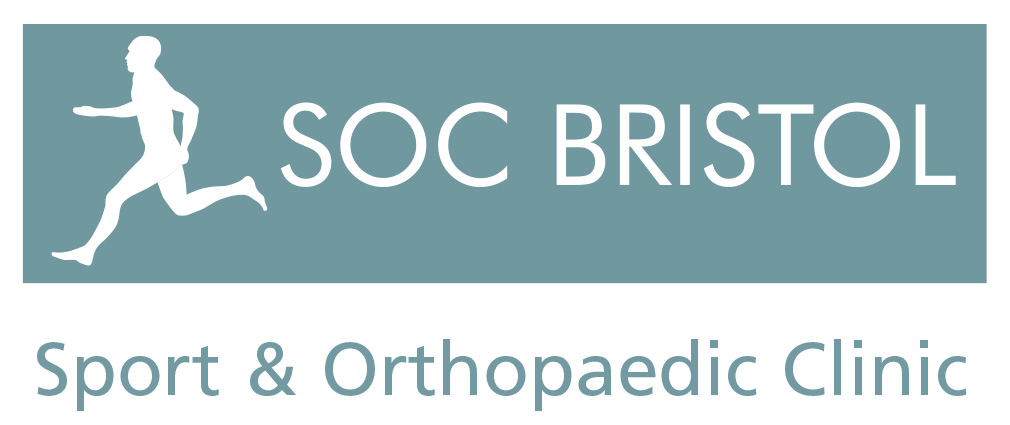Shoulder / Gleno-humeral arthritis
Osteoarthritis or wear and tear arthritis is a degenerative condition that results in damage and loss of the smooth cartilage covering the joint surfaces. It becomes increasingly common with advancing age, most frequently effecting people over 50. It may be post traumatic, developing after an injury, fracture or recurrent dislocations.
A variant of osteoarthritis may develop in the Gleno-humeral joint after a rotator cuff tear where the ball no longer remains centred in the socket and the joint surface rapidly degenerates (See Rotator Cuff Arthropathy).
Arthritis in the shoulder most commonly affects the Gleno-humeral and the Acromio-clavicular joints (ACJ). Osteoarthritis in the Acromio-clavicular joint is very common but usually does not cause any symptoms (See ACJ Arthritis).
Rheumatoid arthritis is a generalised inflammatory condition of the joint lining, or synovium. It can affect people of any age and usually affects multiple joints on both sides of the body. It may effect the Gleno-humeral joint resulting in joint damage.
Symptoms:
Pain
The most common symptom of arthritis of the shoulder is pain, which is aggravated by activity and progressively worsens. The pain may be felt down over the arm or deep within the shoulder itself at the front or back. The pain is often worse at night and disturbs sleep. The pain may be noted to be worse in the cold or in wet weather.
Stiffness
The range of movement typically becomes reduced and the shoulder stiff. It may no longer be possible to reach back (to reach a back pocket or fasten a bra) or up (to comb hair or reach a top shelf). There may be crunching or grinding in the joint (crepitus).
Diagnosis
The diagnosis may be apparent from the history and physical examination but further investigations are usually required.
Investigations:
X-Rays (plain radiographs).
The radiographs are often diagnositic. There is a reduction in the normal space visible between the bone surfaces. There may be extra bone laid down around the joint (osteophytes). The joint may become misshapen and flattened.
Ultrasound and Magnetic Resonance Imaging (MRI).
Further investigations may be undertaken particularly to assess the state of the rotator cuff tendons.
Computerised Tomography (CT).
A CT may be undertaken to assess the bone shape and structure prior to consideration of surgery.
Treatment:
Nonsurgical Treatment
Rest
If the shoulder is painful on movement it is reasonable to rest the shoulder and avoid such activities or alter the way they are undertaken to minimise discomfort.
Physiotherapy
This may be helpful in maintaining muscle function and range of movement. It may also be helpful in addressing neck or muscle pain associated with the shoulder arthritis. Modalities such as massage, heat/cold treatment and acupuncture may be beneficial.
Anti-inflammatories and Analgesia
Take nonsteroidal anti-inflammatory medications, such as aspirin or ibuprofen, to reduce inflammation.
Other medication
If you have rheumatoid arthritis, your doctor may prescribe a disease-modifying drug, such as methotrexate.
Injections
Corticosteroid injections may be recommended. If joint replacement or arthroplasty is being considered corticosteroid injections should be given with caution.
Link to additional information on steroid injections.
Injections of visco-supplements may be considered. Hyaluronic acid is a naturally occurring substance found in the synovial (joint) fluid. It acts as a lubricant to enable bones to move smoothly over each other and as a shock absorber for joint loads. People with osteoarthritis ("wear-and-tear" arthritis) have a lower-than-normal concentration of hyaluronic acid in their joints. Viscosupplementation may be a therapeutic option for individuals with osteoarthritis.
Dietary supplements
Dietary supplements such as glucosamine and chondroitin sulphate are sometimes taken in the hope of relieving pain and improving cartilage in osteoarthritis. The evidence for their use is questionable. These compounds may cause negative interactions with other medications. Always consult your doctor before taking dietary supplements.
Surgical Treatment
If nonsurgical treatment does not reduce pain, there are surgical options.
Arthritis of the glenohumeral joint can be treated by replacing the entire shoulder joint (total shoulder arthroplasty) or by replacing the head of the upper arm bone (hemiarthroplasty). The head of the humerus may be replaced completely or re-surfaced. Surgical treatment of arthritis of the shoulder is generally very effective in reducing pain and restoring motion.
However, as with all operations, there are some risks and possible complications of the surgery. These are detailed in the section on shoulder replacement.

